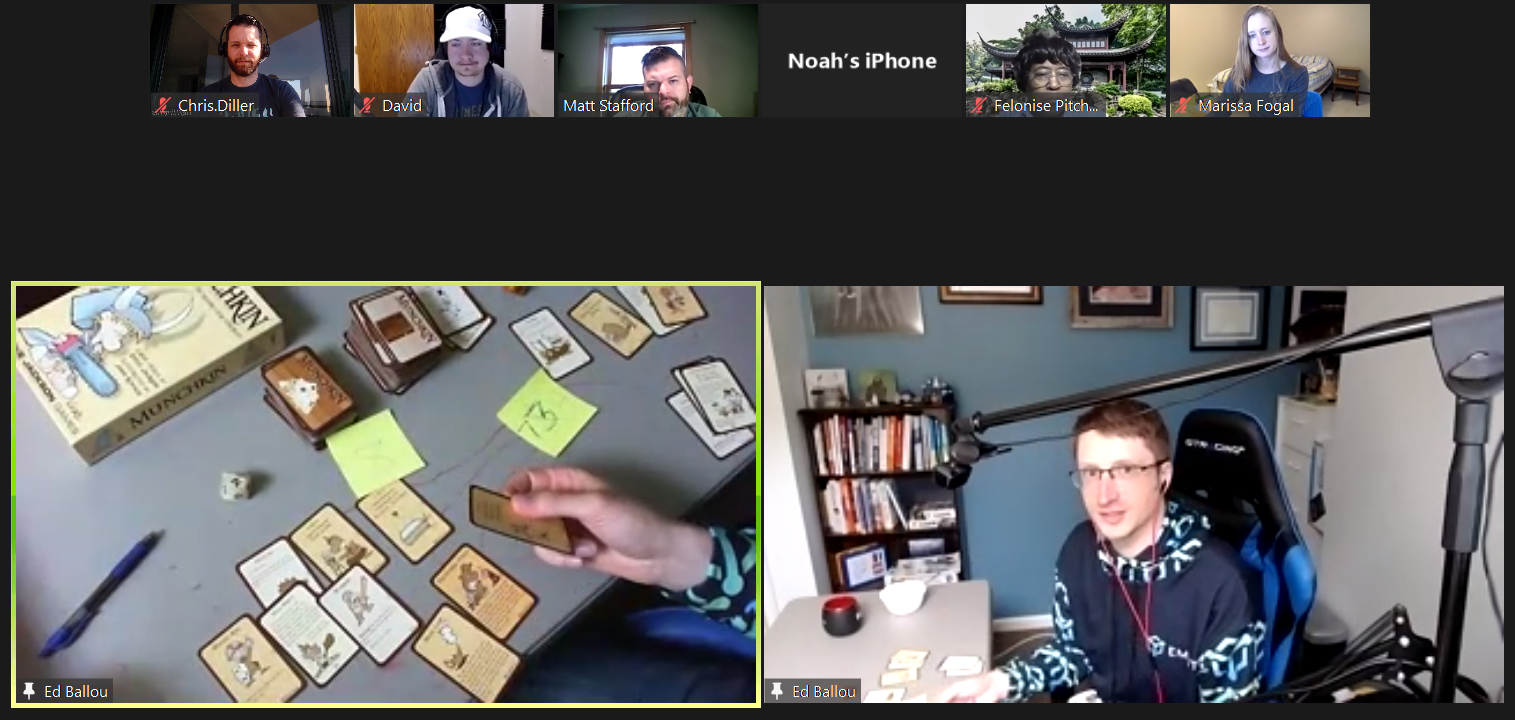
Ed walked our group through playing the game Munchkin – a card game with elements of Dungeons & Dragons.
Throughout the game, we, as players, were presented with options such as:
- Choose the ability to increase our retreat speed at the cost of gaining the benefits of two different races (and their corresponding weaknesses)
- Providing a benefit to the other player(s) to help you in the short term which may result in them winning the game easier later on
- Choosing to prolong the game when you’re behind or providing a substantial benefit to your opponent to move on to the next game
It’s at these decision points where we need to decide; do we value this thing, even over this other thing? The decision we make at a given point in the game may be different than one we’d make later on based on the current game status.
This type of decision comes up all the time in our day-to-day work, too. We, as teams, are constantly asked to prioritize or choose one thing even over another. This is, perhaps, best illustrated by the Agile Manifesto. For teams working in an Agile way, we have guidance around choosing to favor individuals and interactions even over processes and tools. What that looks like and to what extent, however, may change depending on the given circumstances (for instance, we may make a decision that seems to favor a tool or process for the sake of overall value to an organization, even if it might mean a small amount of pain for an individual).
Overall, Munchkin served as an accessible example of making trade-offs and decisions – just like we do every day in Agile.